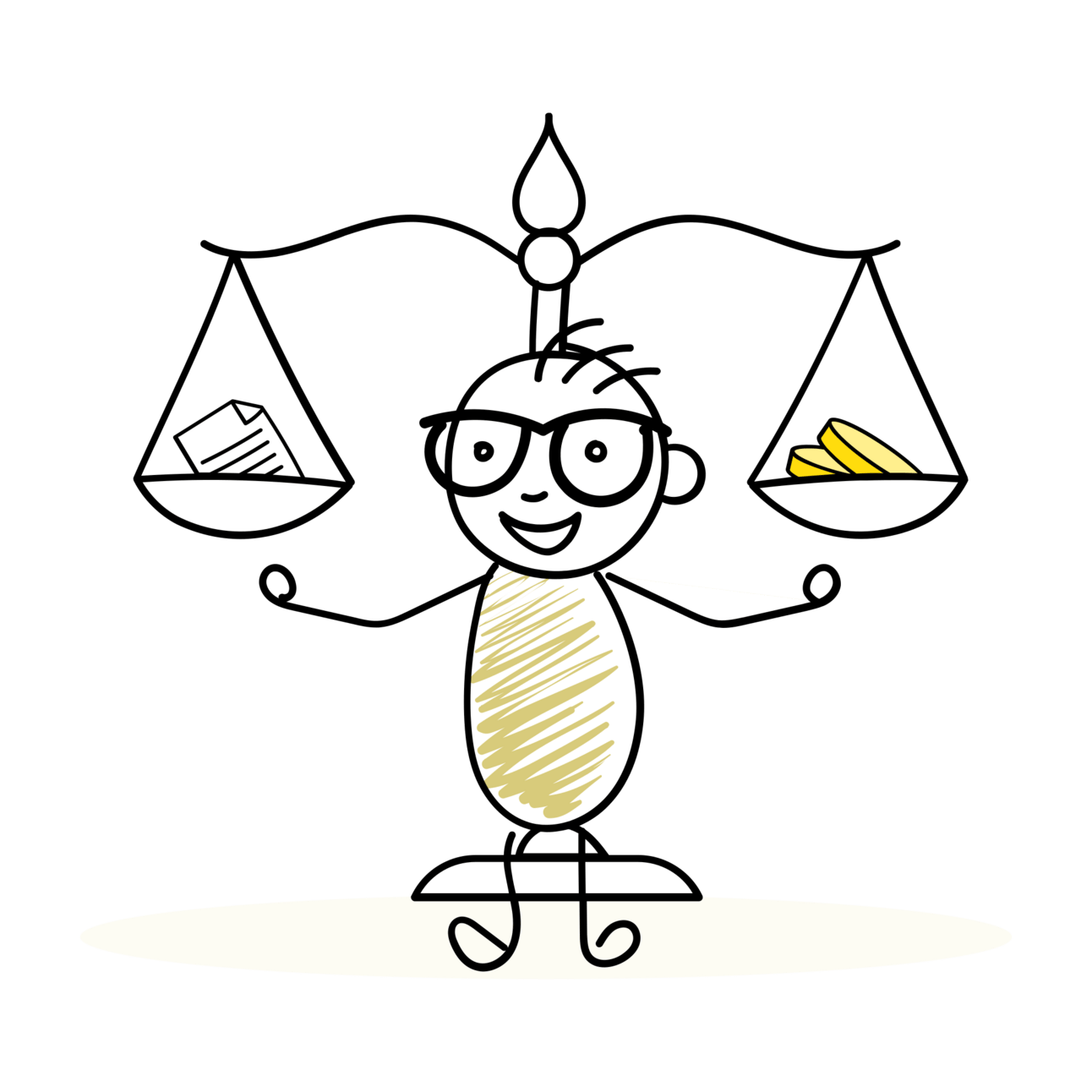- Creative AI Palette
- Posts
- Who's Really the Author? Licensing in the Era of AI
Who's Really the Author? Licensing in the Era of AI
Ownership in the AI-era Part 3
Hey there! Have you ever wondered how the AI era is reshaping the creative world?
The magic is in the licensing models and contractual agreements.
Let's discuss this in detail and find out how creators are leveraging these tools to control and protect their AI-generated content.
The Role of AI in Creation

You know how AI is creeping into all aspects of creation, right?
Well, with licensing models and agreements, creators can lay down the rules.
They can define how AI fits into their work, marking out the boundaries of AI's contribution.
That way, everyone knows what's what, and creators keep control, even as they utilize AI's powerful potential.
Defending Your Rights with Licensing Models

But what about your rights, as the person behind the creation? This is where licensing models and contracts come in handy.
They let you set the terms, defining who gets to use, reproduce, modify, or distribute your AI-created content.
By doing so, you can ensure your intellectual property rights are well-protected.
Setting Boundaries: Restrictions and Limitations

Now, let's discuss restrictions.
Not all AI usage is a free-for-all, and licensing agreements allow creators to lay down limitations.
Whether you want to limit commercial usage, demand correct attribution, or define how much your work can be modified using AI, you can set it all out in your licensing agreement.
Ethics in AI: Responsible and Respectful Usage

Of course, we can't ignore ethics, a critical component when it comes to AI-generated content.
Here too, licensing models and agreements are key.
You can create rules for responsible usage, maintaining privacy, and avoiding harmful applications of AI.
Promoting responsible interaction with AI is not just a recommendation, it's a necessity.
Collaboration: Merging Humans and AI Systems

In the realm of collaboration, licensing models and agreements offer the flexibility required for ventures between creators and AI systems.
By setting terms for revenue sharing, attribution, and ongoing collaboration, these tools ensure a fair environment where everyone involved is duly recognized.
The Evolution of Licensing Models and Agreements

But licensing models and agreements haven't always been like this.
They've evolved significantly, keeping pace with the rapidly changing creative landscape.
Digital Revolution: Streamlining Licensing

The digital revolution and rise of online platforms brought about a significant shift.
Traditional physical licensing was replaced by digital models, which made it easier for creators to distribute their works globally, define usage terms, and grant permissions more effectively.
Open-Source and Creative Commons: A New Paradigm

The emergence of open-source and Creative Commons licensing introduced a whole new dynamic to intellectual property.
These models allowed creators to share their work while retaining specific rights, thereby fostering a spirit of collaboration and innovation.
AI Collaboration and Co-Creation: New Challenges and Opportunities

Then along came AI, shaking things up again. The introduction of AI in the creative process created a need for the evolution of licensing models.
Now, licenses can incorporate AI-specific clauses, enabling creators to set out ownership, rights, and attribution terms related to AI-generated content.
Customization: Tailoring Licensing to Specific Needs
With advancements in technology, creators now have the power to customize their licensing models with an unprecedented level of detail.
Digital tools allow for the definition of specific terms related to geographic restrictions, usage duration, and limitations on derivative works.
Blockchain and Smart Contracts: The Future of Licensing

And let's not forget the exciting world of blockchain technology.
With the introduction of smart contracts, a whole new realm of possibilities has opened up for licensing models.
These automated contracts ensure that creators are adequately compensated and usage rights are upheld, adding another layer of security and transparency to licensing agreements.
Conclusion: The Journey of Licensing in the AI Era
What a ride it's been, right? Licensing models and agreements have come a long way.
From adapting to digitalization and online platforms, embracing open-source and Creative Commons licensing, to accommodating AI collaboration and blockchain technology - they've become more customizable, transparent, and versatile.
The Future: Licensing in the Ever-Evolving AI Landscape

These changes aren't stopping any time soon, folks. As the AI landscape continues to transform, so will the licensing models and agreements.
They'll remain critical tools in managing ownership and usage rights, ensuring the responsible and sustainable use of AI-generated content.
So, creators, buckle up! The AI era promises to be an exciting journey, and licensing models and agreements are your navigational aids.
And there you have it! A deep-dive into the world of AI, creativity, and licensing.
It's clear that as we move further into this AI era, understanding licensing models and agreements is essential for anyone looking to harness the potential of AI responsibly and effectively.